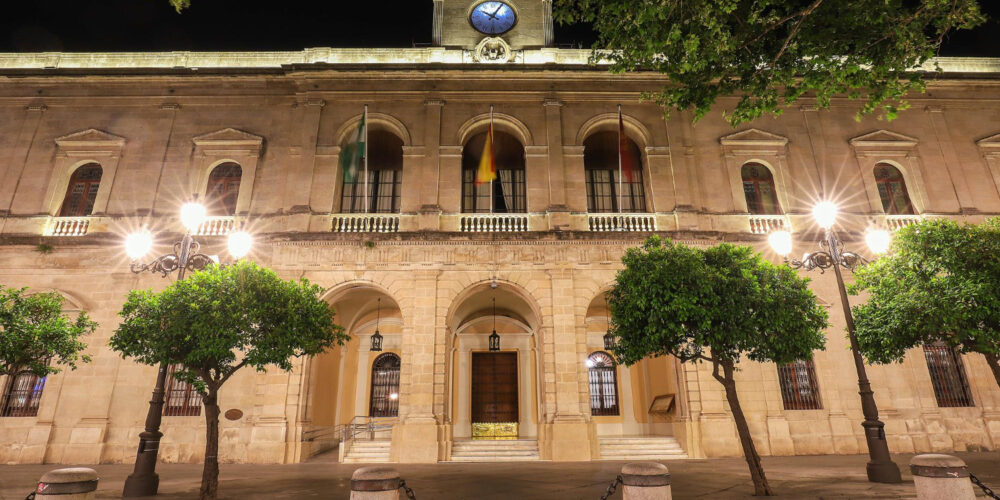How much would local authorities earn if they installed smart street lighting systems?

Public lighting control is at the crossroads of several environmental, economic and social issues. First, in the context of the environmental and energy transition, reducing energy consumption related to lighting in local authorities is a priority.
Smart Lighting relies on data to address public lighting challenges.
The most visible use of Smart Lighting is obviously the automatic control of equipment. By equipping streetlights with technologies such as cameras, photocells or IoT sensors, local authorities can collect multiple data: street traffic and traffic conditions in real time.
Switching from traditional equipment to less energy-consuming equipment, such as LED lamps, generates energy savings even with constant lighting. With a smart lighting system, communities can take their energy efficiency to the next level. With intelligent street lighting control, only the necessary energy is actually consumed.
Reducing electricity consumption has a direct impact on the community’s budget. Smart lighting is precisely at the crossroads of these two problems. In addition to lowering energy bills, smart lighting helps reduce maintenance costs for public lighting equipment.
While maintenance has traditionally required the intervention of municipal employees or specialist companies, it can now be done remotely with better cost control. In addition, a Smart Lighting system facilitates the detection of equipment anomalies and, thanks to data analysis, the detection of billing anomalies, which are also sources of savings.
The reduction of the public lighting budget is directly proportional to the initial investment made by the authorities. Investing in a performing Smart Lighting system would even bring savings of 100%.


